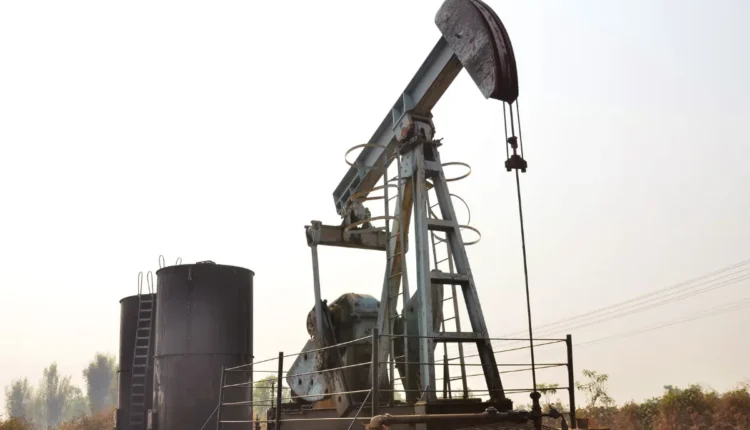Indian Crude Oil Imports Surge Amid Israel-Hamas Conflict
Crude Oil Prices Surge 6% Amid Israel-Hamas Conflict
In a shocking turn of events, Crude Oil prices experienced a remarkable 6% surge on Friday, with the benchmark Brent crude posting its most substantial weekly gain since February. The reason behind this sudden escalation was the growing possibility of the Middle East conflict expanding as Israel initiated ground raids within the Gaza Strip. This shift from an aerial engagement to ground operations marked a significant development in the ongoing conflict with Hamas, following the militant Palestinian group’s deadly rampage in southern Israel.
Crude Oil Import Updates
The situation took a chaotic turn as some residents in Gaza started fleeing their homes on Friday to evade the Israeli onslaught. Israel had issued an order for over a million people to evacuate the northern half of the territory within 24 hours, while Hamas, the militant group, discouraged the residents from leaving, leaving the populace in a state of uncertainty.
Brent crude futures exhibited a substantial increase of $4.89, equivalent to a 5.7% uptick, reaching $90.89 per barrel. Simultaneously, US West Texas Intermediate (WTI) crude also registered a notable gain of $4.78, amounting to a 5.8% increase, bringing its price to $87.69 per barrel. These figures marked the highest daily percentage gains for both benchmarks since April. Brent crude’s weekly gain reached 7.5%, marking its most significant increase since February, while WTI recorded a 5.9% increase for the week.
On the home front, the Multi Commodity Exchange (MCX) saw crude oil futures due for an October 19 expiry settling 5.45% higher at ₹7,272 per barrel. During the session, the prices swung between ₹6,962 and ₹7,278 per barrel, in contrast to the previous close of ₹6,896 per barrel.
The conflict in the Middle East, while having minimal impact on global oil and gas supplies, has investors and market observers on edge. The critical question is how the situation could escalate and what consequences it may hold for the oil supplies from nearby countries in the world’s leading oil-producing region.
Further contributing to the price surge were the US government’s sanctions on owners of tankers transporting Russian oil priced above the G7’s price cap of $60 a barrel. This move was aimed at closing loopholes in the mechanism designed to penalize Russia for its invasion of Ukraine. As the world’s second-largest oil producer and a major exporter, Russia now faces tighter US scrutiny of its shipments, which could potentially restrict the oil supply.
The Organization of the Petroleum Exporting Countries (OPEC) has maintained its forecast for global oil demand growth at 2.25 million barrels per day in 2024, compared to the 2.44 million barrels per day growth observed in 2023. This prediction is based on signs of a resilient global economy this year and anticipated further demand growth in China, the world’s largest oil importer.
On the other hand, the International Energy Agency (IEA) has adjusted its oil demand growth forecast for 2024, citing harsher global economic conditions and progress in energy efficiency, resulting in a lowered forecast of 880,000 barrels per day, compared to the previous estimate of 1 million barrels per day. However, the IEA has raised its 2023 demand forecast to 2.3 million barrels per day from the initial prediction of 2.2 million barrels per day.
The impact of rising international oil prices on India’s crude oil basket is a matter of concern. As a net importer of crude oil, India satisfies up to 85% of its energy needs through imports. If global crude oil prices continue to rise throughout the year, India could face a more substantial import bill.
India currently ranks as the world’s third-largest consumer of crude oil on a global scale, and its import volumes are expected to remain high in the coming years, despite the volatility in global crude oil prices, as per CareEdge Ratings.
The average price of the Indian basket of crude oil is estimated to reach $97.67 per barrel in fiscal 2023-24. This marks a significant increase from the previous year’s average of $78.19, according to estimates provided by brokerage firms.
Notably, major oil-producing nations, Saudi Arabia and Russia, have announced their commitment to maintain oil supply curbs of more than 1 million barrels per day until the end of the year. These production cuts, initially announced by the two OPEC leaders in July, have led to a ten-month high in oil prices, posing fresh inflationary pressures on the global economy.
Also Read : Krishna Mathoera : Empowering Women in Defense and Security

